Fairy Tales
Didier Massard’s photographs look like they could have been on the cover of your favorite book as a child, or come straight out of that weird dream you had last night.

Interview by Nicole Pasulka
How is it that you ended up making this “tabletop” photography?
Several years ago, I was involved in landscape photography. There were many places in the world where I’d never gone that I wished to photograph. I realized that they would not at all look like the images I had of them. Reality was different from my imagination. So I started building and photographing in a studio what I had in mind. Continue reading ↓
All images appear courtesy the artist. All images © Didier Massard, all rights reserved.
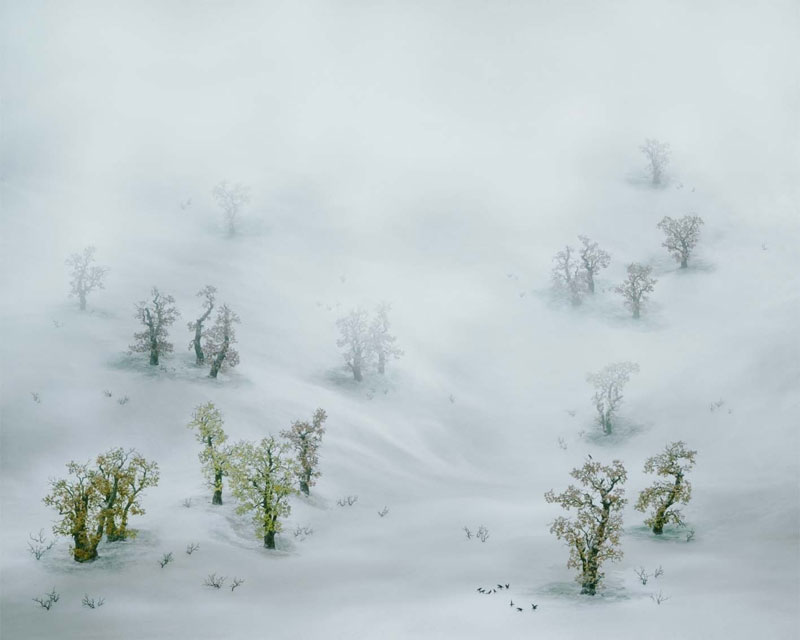
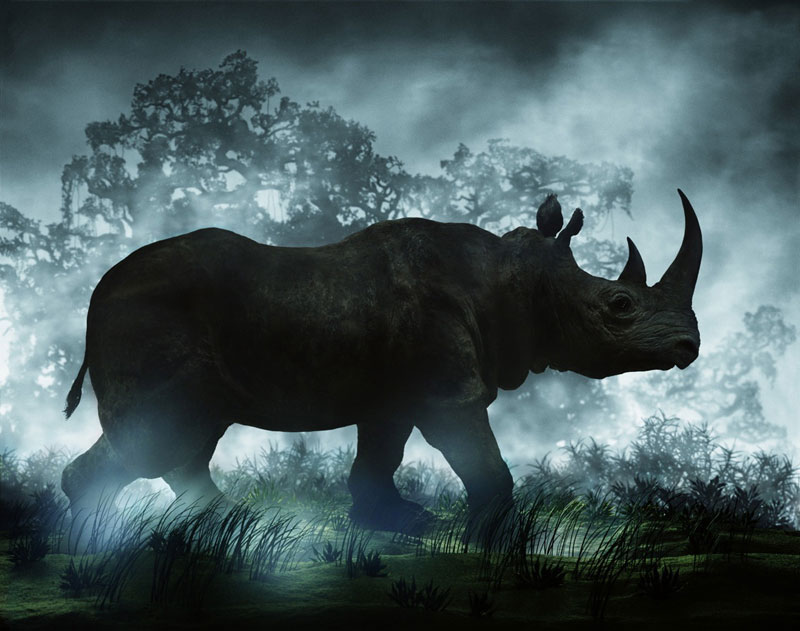
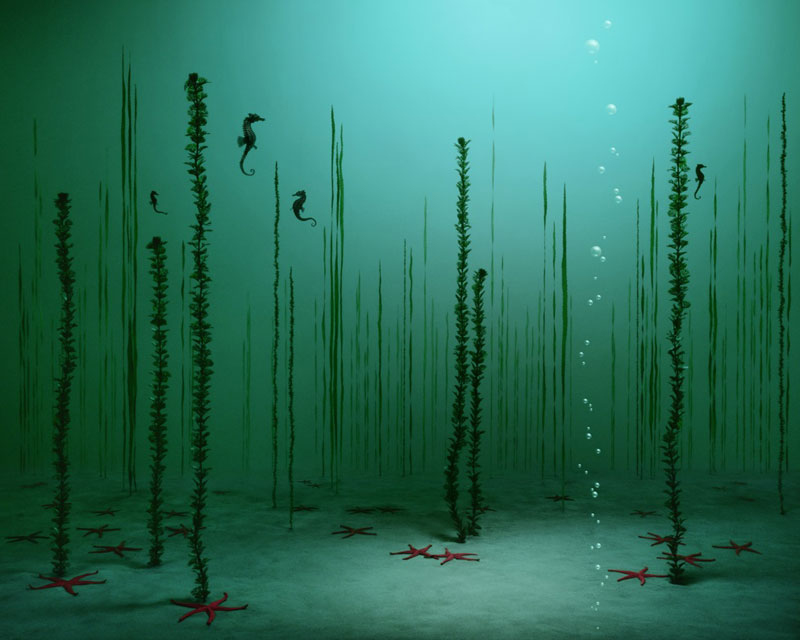
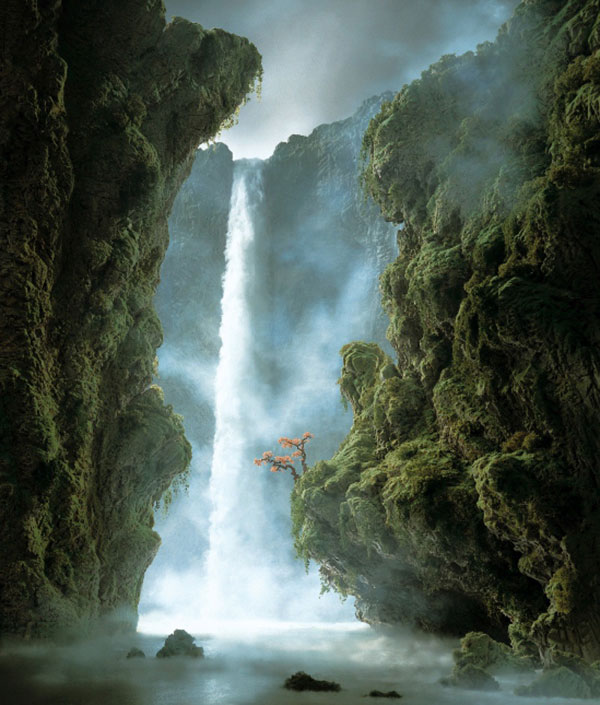
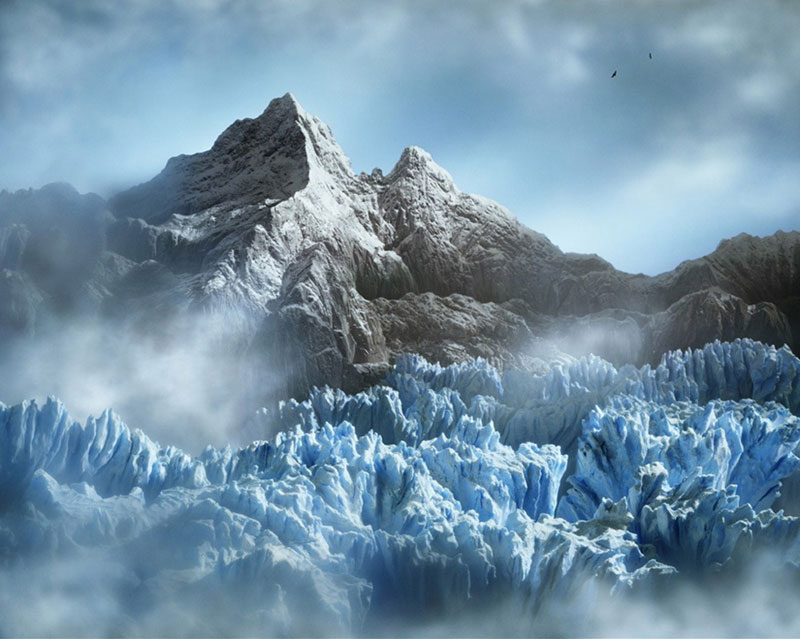
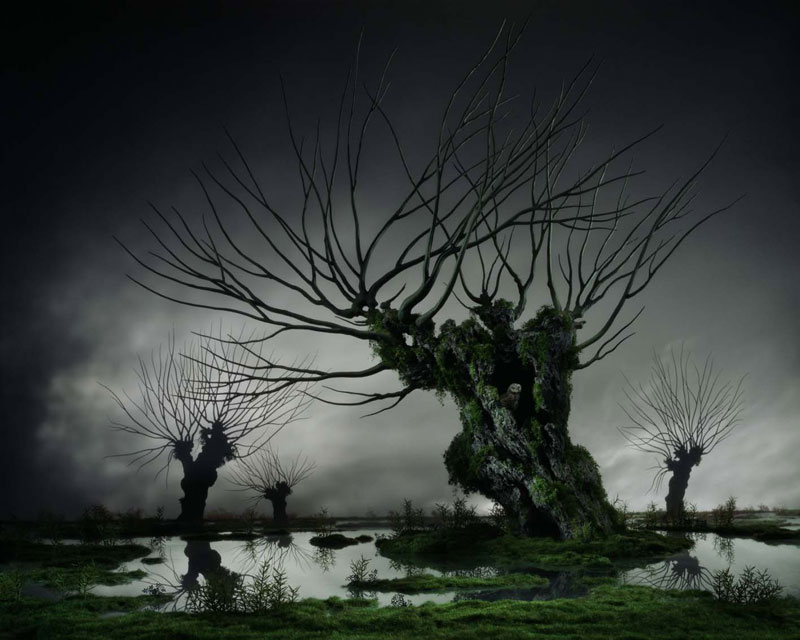
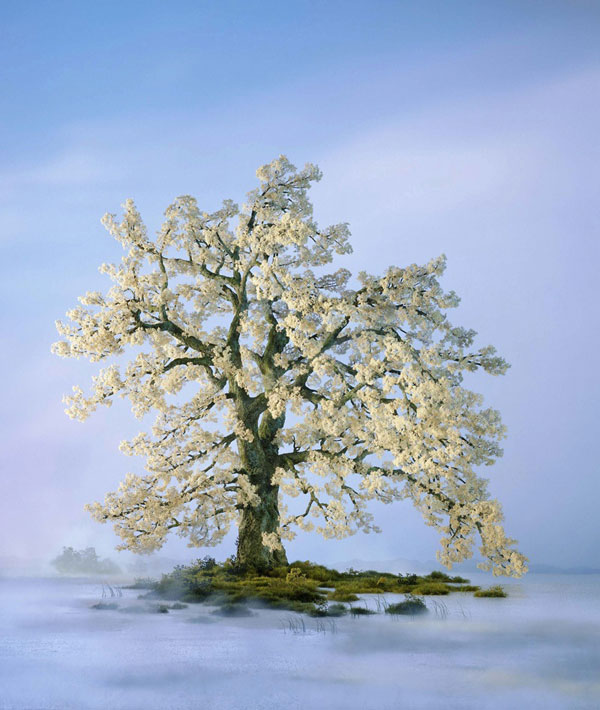
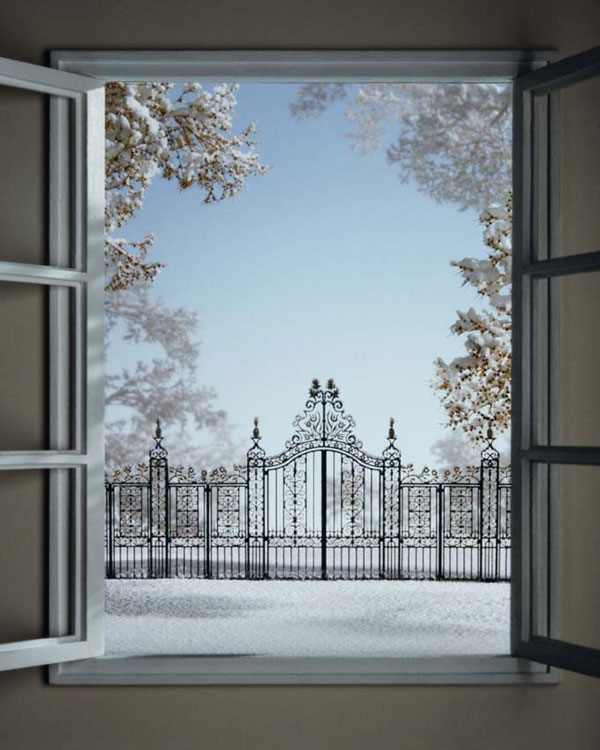
Interview continued
Where do you come up with ideas and concepts for your photographs?
I keep record of ideas and projects with sketches and notes. One of the difficult things to deal with is to decide when a project is mentally matured enough that I start with the concrete part of it.
Are the photos inspired by film, books, or paintings?
Cinema, literature, painting, and other arts like music, sculpture, and photography are great sources of inspiration, either consciously or not. But there are other perhaps more important inspirations: memory and everyday life. My photos are not related to a unique, specific origin.
How do you find materials and build these scenes?
I try to keep alive the ability of childhood to transform as a game an object into something else. I am doing the same in a sophisticated way. This means that I have a special relationship with things and consider that they may have a different meaning than what they appear to be. It is a great satisfaction when a trick succeeds.
Recently, I interviewed Olivo Barbieri, who uses selected focus to take aerial photographs of actual cities and landmarks that end up looking like photographs of models. What is the significance for you in photographing constructed scenes, or models to look like magical scenes that could almost be real?
This is the paradox of my work. The places I photograph are handmade; they are not virtual. It is important for me that these fictions, although artificial, are real. Even if it is an illusion, photography exalts these “lived moments.”
Where are these imaginary landscapes? Do you picture them as real places with backstories, inhabitants, and climates, or does everything begin and end with what we see in the photograph?
They are marvelous places that first exist in my imagination, then in the studio in front of my camera. They are also theatrical sets where everyone may represent one’s own play, with one’s own characters. I hope my photographs are inviting and suggesting as much as they are showing.
Does your commercial work influence your tabletop photography? Do they intersect in any way?
Although I have learned a lot from it, I quit commercial photography 10 years ago, since I was lucky enough to make a living with my own ideas.
What are you working on now?
I keep developing work towards natural history. Right now I am about to finish the “construction” of an elephant.
